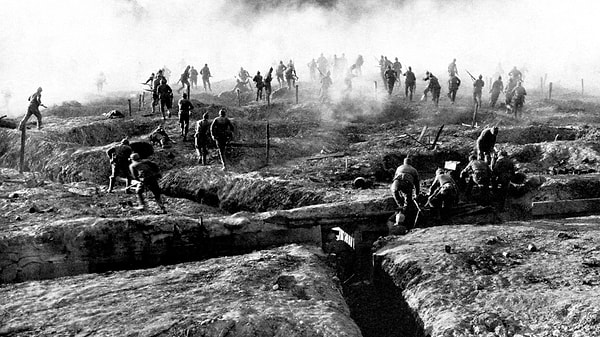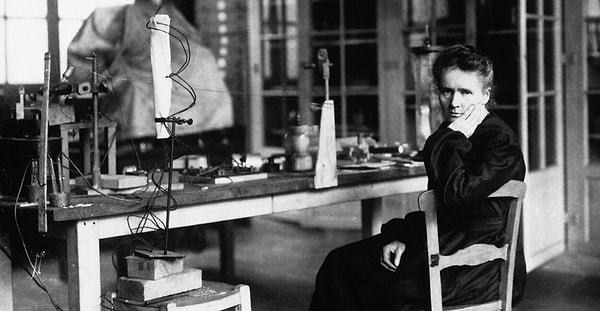Marie Curie is often remembered for her groundbreaking work in radioactivity and her two Nobel Prizes, but few know about her extraordinary contributions during World War I. Curie developed mobile X-ray units known as 'Petites Curies,' which revolutionized battlefield medicine and helped save over a million lives.
Discover the untold story of how her scientific brilliance transformed war medicine!





